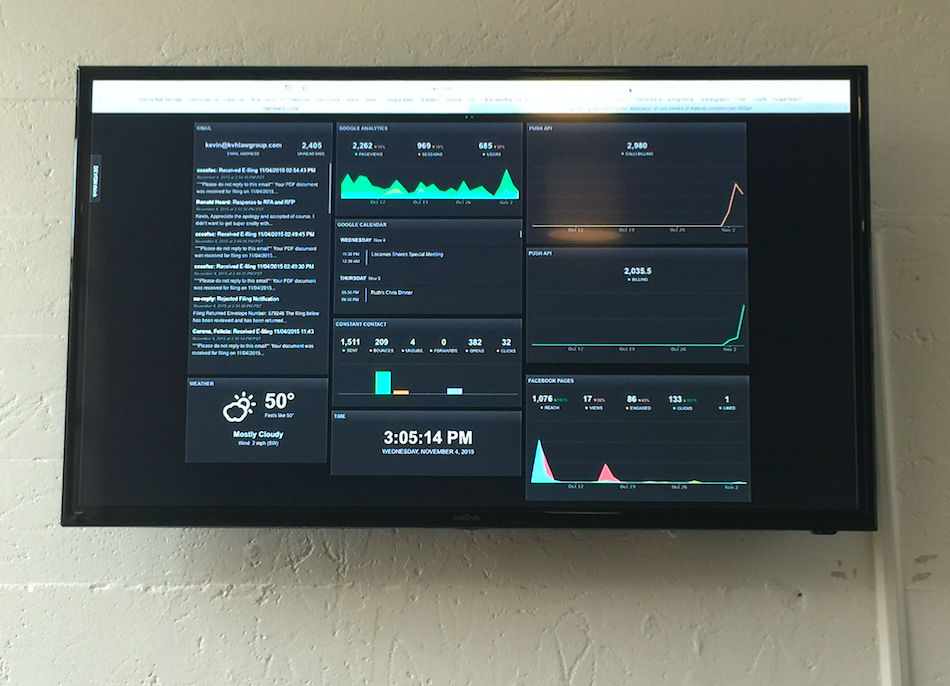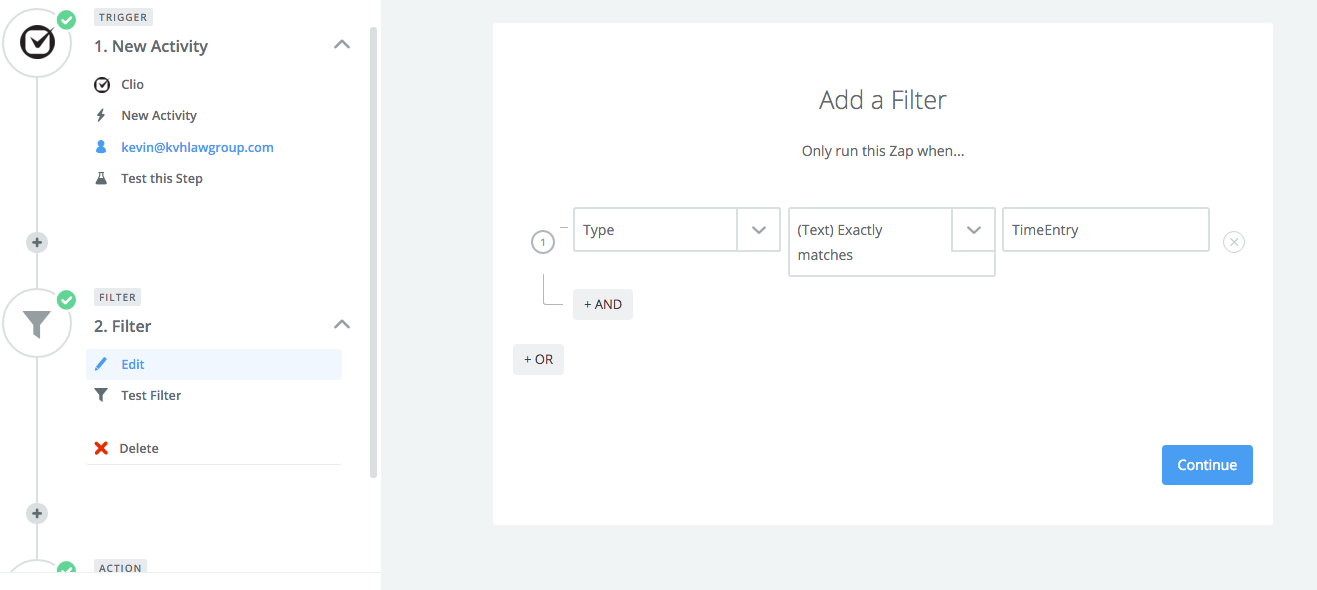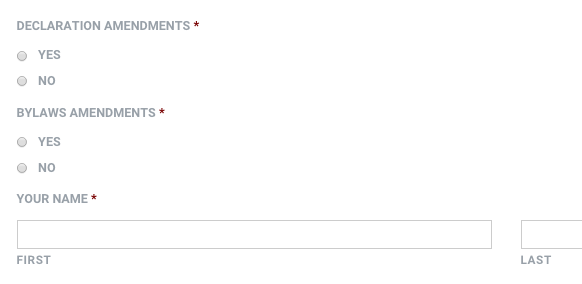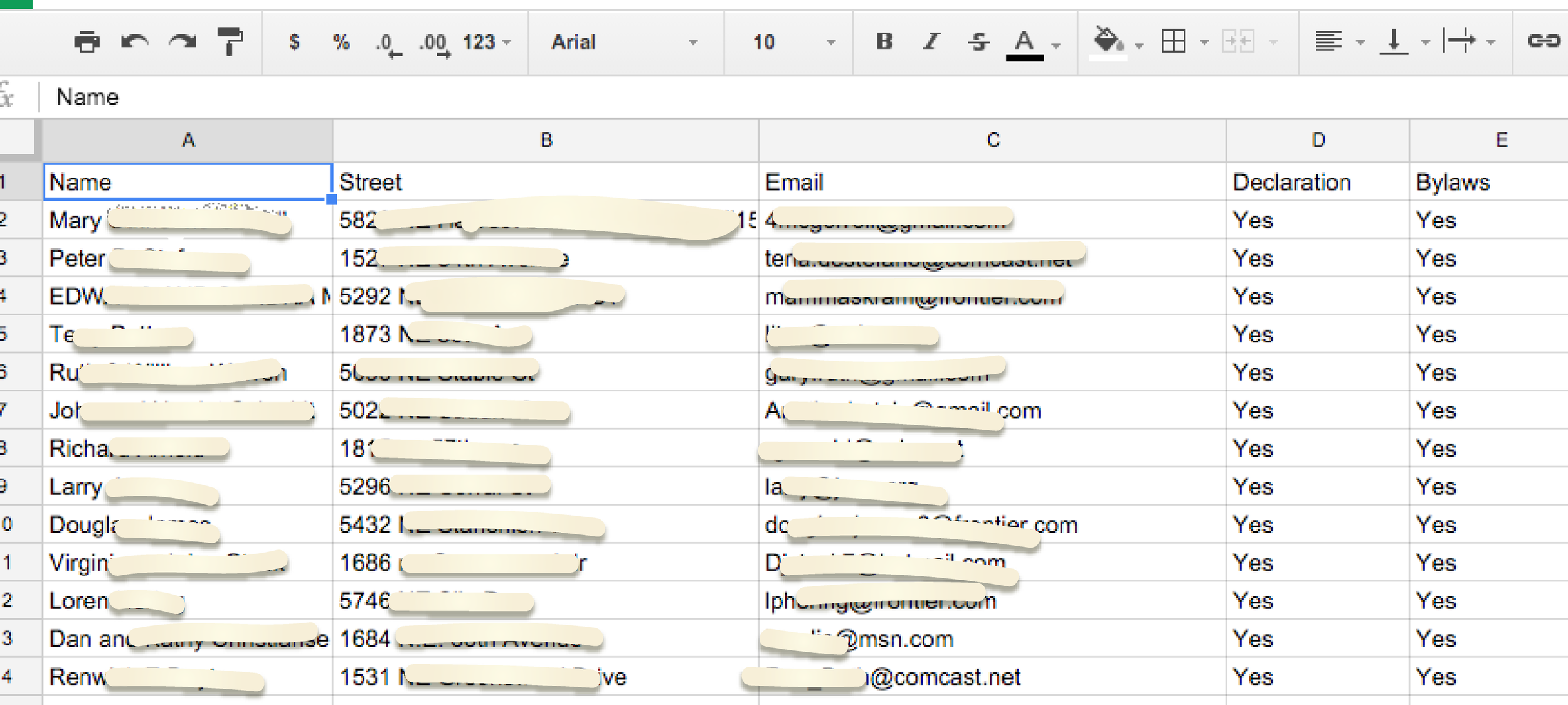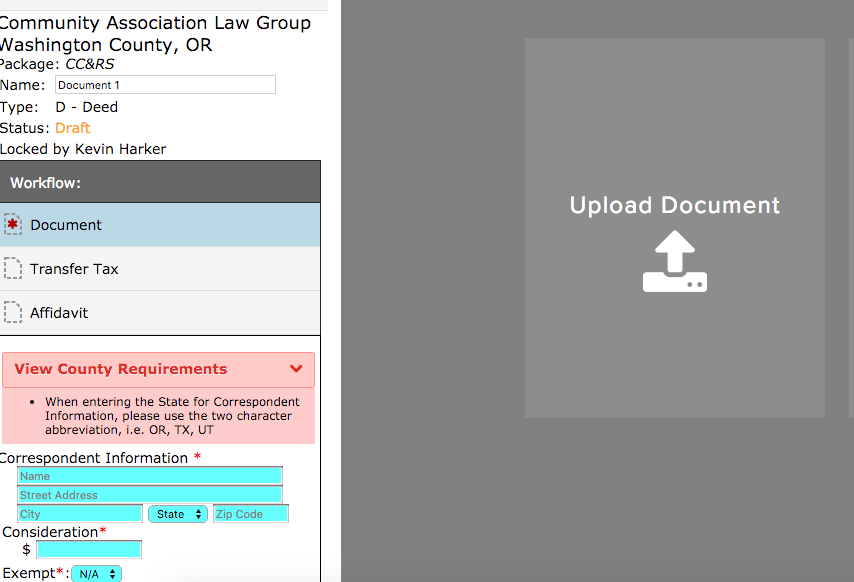Condominium and homeowner association CC&Rs are, in many ways, similar to contracts. If one party breaches the terms of the contract, the other party may seek the help of the legal system for damages or to require the breaching party to fulfill their obligations. Most CC&Rs allow the community association to enforce the covenants and promises found in the governing documents. The association does this through its elected board of directors. But does the association have an obligation to enforce the CC&Rs? In most cases, the answer is yes.
A careful look at the CC&Rs will determine who has enforcement authority and whether enforcement is an obligation or a right. Some governing documents require a vote of the owners prior to taking certain enforcement actions. Other CC&Rs (where there may not be an association) require individual owners to enforce all of the provisions of the governing documents.
The question of whether or not an association may use legal proceedings to enforce its CC&Rs depends on “standing.” Standing, in a legal sense, means that the party to the litigation has a stake or interest in the dispute, as well as the capacity to sue. In Oregon and Washington, state law grants community associations standing and authority to enforce covenants through legal action.
Oregon law specifically authorizes community associations to initiate or intervene in matters relating to the enforcement of governing documents:
[A] homeowners association may…initiate or intervene in litigation or administrative proceedings in its own name and without joining the individual owners in the following:
(A) Matters relating to the collection of assessments and the enforcement of governing documents[.] (ORS 94.630(e)(A))
In Washington, homeowners associations have similar authority. Unless prohibited by the governing documents, an association may:
Institute, defend, or intervene in litigation or administrative proceedings in its own name on behalf of itself or two or more owners on matters affecting the homeowners' association, but not on behalf of owners involved in disputes that are not the responsibility of the association[.] (RCW 64.38.020)
Before an association takes legal action to enforce its governing documents, ask these questions:
1. Would levying fines against a violating owner be more effective?
2. Does the cost of litigation outweigh enforcement through a lawsuit?
3. Does the association have an affirmative duty to enforce the covenant?
4. Is enforcement of the issue more appropriately handled between individual owners?
5. Is alternative dispute resolution an option to resolve the violation?


